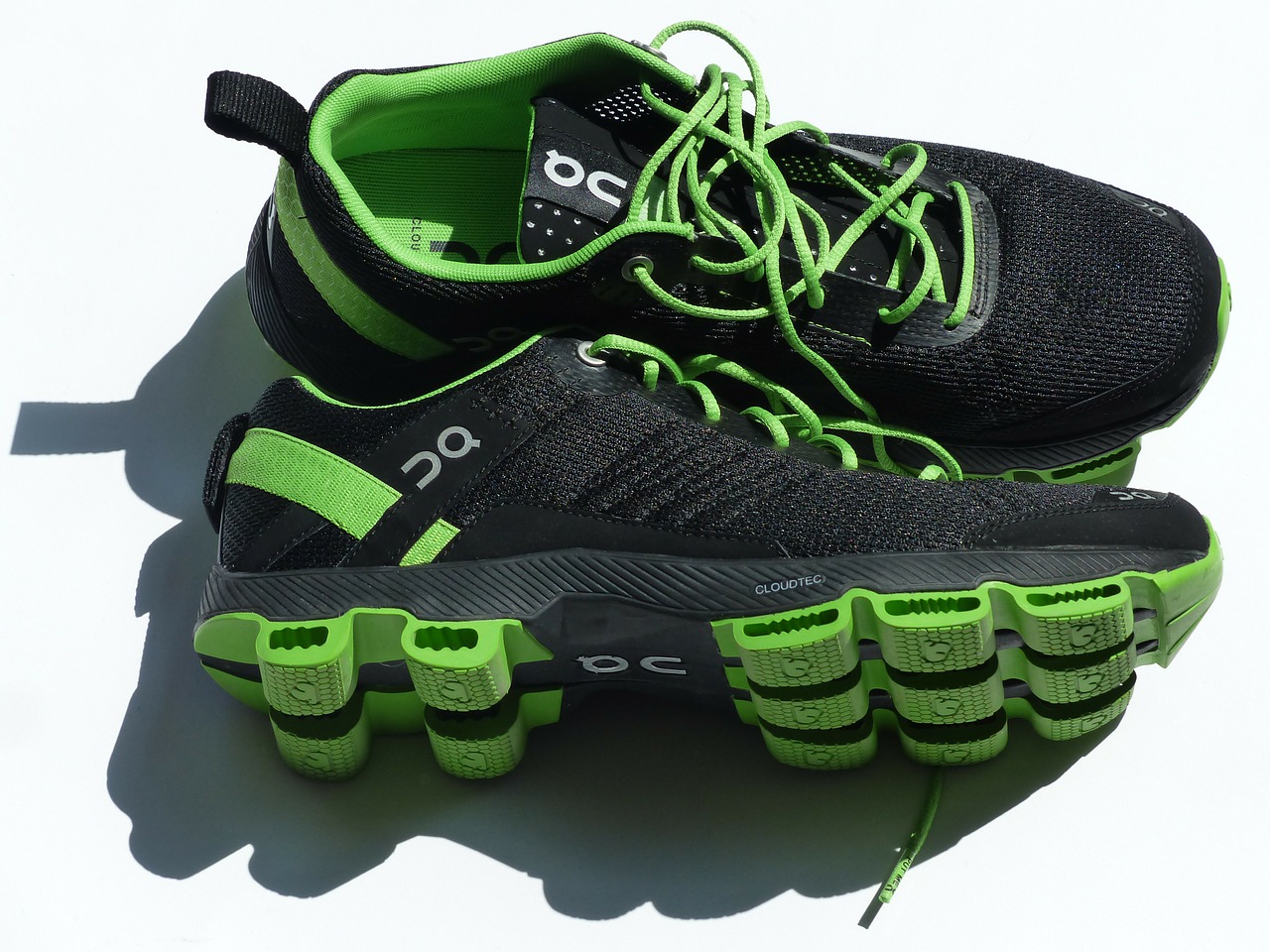Running shoes. We all love them, whether we go for the wacky new ideas, latest trend or stick with the same brand and models all the time.
Typical shoe life
Many major brands of shoe estimate usage of 300-500 miles before they need replacing. This is due to either wear on the sole, reduced absorption in the foam, gel or rubber, and deterioration of the upper foot materials. Racing shoes will have shorter lives, often around 100-150 miles on average.
Trail shoes are another deviation from the rule, often due to sole wear. Running on mixtures of trail and pavement/road, or running on particularly rough surfaces will increase the wear of the shoe and potentially shorten the distance you cover in them.
What impacts the life of a shoe?
It’s never as simple as we’d like it to be, and unfortunately, shoe wear is also something that it’s not possible to give a straight answer to. The weight of the runner, where they land on their foot, the surface they run on, how long between uses of the shoe, the way the shoe is cleaned and dried after getting wet… the list goes on. All of these factors can decrease the number of miles you get from your shoes if not managed well.
The landing zone in particular will influence how long the shoe last from the cushioning perspective. If a shoe is designed for a mid-foot strike with more support here, a heel striker will get to the point of insufficient support much faster than a mid-foot striker would.
I had two pairs of Brooks Launch 5 shoes, bought a few months apart. The black pair I bought first and got to around 200 miles before buying a white pair. In that time, I started working more on technique, meaning the wear patterns were very different. The black pair lasted 470 miles, with the last 20 or so of those feeling pretty unsupported. I managed to get 520 miles from the white pair and if I’d pushed them to the same level of wear at the black ones, would have likely reached 550 miles. My point is that technique and the way you run, also influence the life of a shoe.
How do you know when your shoe is finished?
This also depends. Mostly it’ll come down to which part of the shoe is the problem. I’ve always found the support goes before anything else however, in more recent years with better form, the forefoot of the sole has started to wear much faster as I pull with more force to run faster.
If you notice yourself having to work your foot much harder in older shoes than in your newer trainers, it’s a good sign that the old pair probably need to go.
If the coloured part of the sole has worn down to the rubber/foam, I’d recommend changing. The worn area is where you’re landing or pushing most, meaning this is where you need grip most.
Much like a piece of string, there is no definitive lifespan for a pair of running shoes. If you’re conscious of how they feel when running, and check them over every couple of weeks, you’ll avoid changing too early or too late, so you don’t waste money or increase your risk of injury unnecessarily.
Written by Kyle Brooks, Running Coach based in Norwich, Norfolk

